Support Us
Since 1979 more than 140,000 animals have been treated by Wildlife Rescue.
Thanks to the support of individuals like you, Wildlife Rescue can provide a lifeline for animals in distress.
Supporters and friends,
Due to construction on the road leading to our facility, we are experiencing severe delays in traffic to our centre. We are working on establishing a new Admissions Centre for injured and orphaned animals that avoids construction delays. We hope to have this new site available in the next couple of weeks.
Until then, expected delays range from 15 minutes to 30 minutes, both in and out of Wildlife Rescue facilities. This delay will affect you if you are visiting to:
Wildlife Rescue is a non-profit organization, and our work is only made possible by your support. From your fundraising to your volunteering and your quick responses when you find an animal in need— we are so grateful for your continued support.
If you are planning to visit Wildlife Rescue, please call our Wildlife Rescue Support Centre at (604) 526-7275 before you arrive for the most up-to-date instructions and wait time estimates.
When a flagger asks to speak to you, always let them know you are going to Wildlife Rescue and if you do or do not have an animal with you.
If you are bringing in an injured animal, time is of the essence for the animal’s recovery, and we need your help to give them their best chance!
When you are stopped, please immediately make contact with the nearest flagger at the construction site en route to Wildlife Rescue and inform them that you have an injured animal in need of treatment. While we cannot guarantee you will be let through immediately, they will work to provide you with access to our facility as safely and quickly as possible.
If you are visiting to provide a donation or in-kind support, please call ahead or consider donating online at https://www.wildliferescue.ca/give/, through the mail to 5216 Glencarin Drive, Burnaby, BC, V5B 3C1, Canada or visiting our wish list for in-kind items.
At this time, we are actively seeking solutions to reduce these risky delays including establishing a satellite triage location, reliable transportation, and additional staff. Two sites are currently being assessed. More details to come over the next days as we secure these important resources.
With the patients rapidly on the rise, your continued support is needed now more than ever. Thank you for all you do!
Every day you learn something new as a Wildlife Rescue Dispatcher. The role involves answering many phone calls where you assist and educate the public on wildlife, arrange rescues and transports, and admit wildlife arriving at the hospital. There is never a dull moment during the summer at Wildlife Rescue! Even after four summers in this position, I continue to expand my knowledge of wildlife and encounter new, interesting situations every day! I have received a wide variety of calls concerning everything from fish to bears and many new bird species I had never heard of previously.
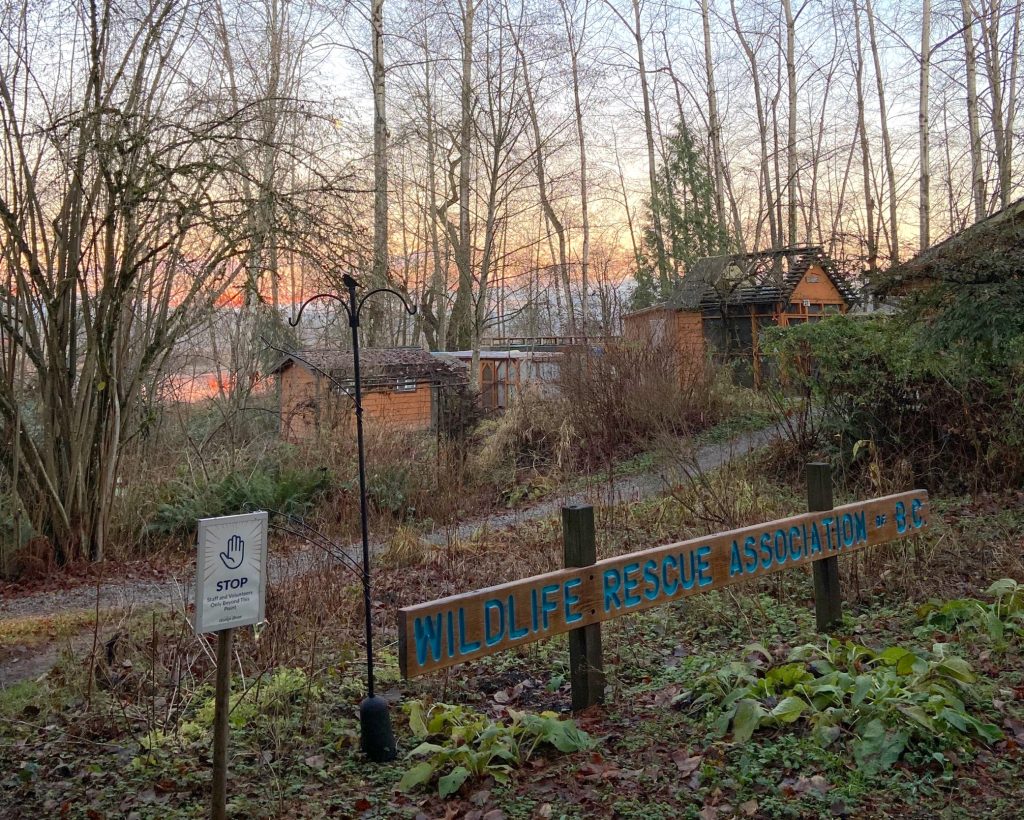
When I first started as a Wildlife Rescue Dispatcher CSJ in 2018, I was studying Geography and Environmental Science at the University of British Columbia. I began with minimal knowledge of birds and local wildlife, but the training and resources provided by Wildlife Rescue allowed me to quickly learn to assist callers. In this position, you are surrounded by knowledgeable staff and volunteers that are always willing to help and answer questions. It’s great to be surrounded by people who are passionate about wildlife and to have the opportunity to learn from them!
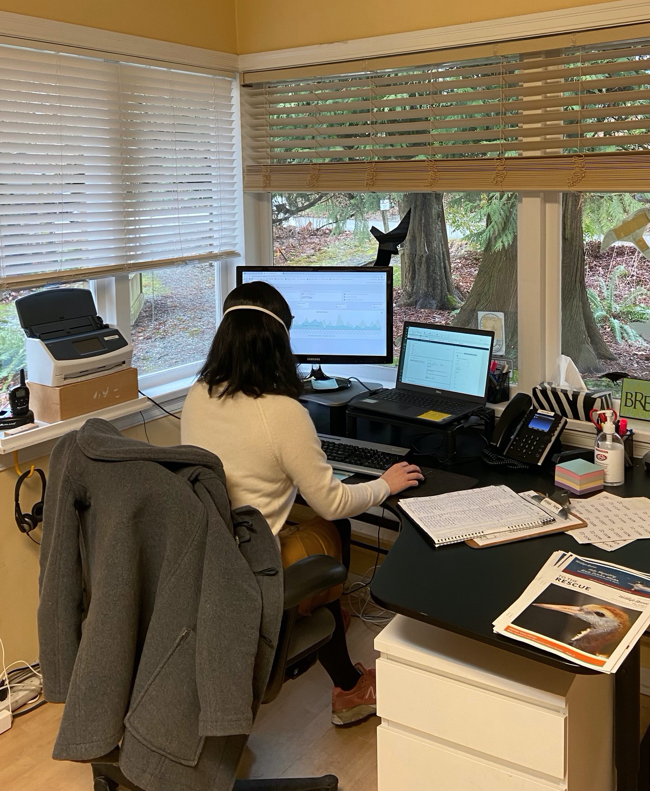
Helpline and Admissions volunteer answering calls and emails
As a Wildlife Rescue Dispatcher, it’s very rewarding to see the full picture of an animal’s rehabilitation. Starting from the phone call where someone finds an injured bird, helping them get the bird into the hospital, seeing the progress they make in care, to eventually seeing the bird leave Wildlife Rescue to be released back to the wild. Being a part of an animal’s rehabilitation and knowing you helped is an incredible feeling. It’s also very rewarding to help people in the stressful situation of finding injured or orphaned animals. People are very appreciative of the assistance we provide and it’s inspiring to see people going out of their way to help wildlife.
If you enjoy working in a fast-paced environment, continuously learning, and are interested in wildlife, Wildlife Rescue Dispatcher may be a great position for you! You will gain valuable skills such as time management, problem-solving, leadership, and public education all while helping wildlife.
Aiden Stephens
Wildlife Rescue Dispatcher 2018-2021
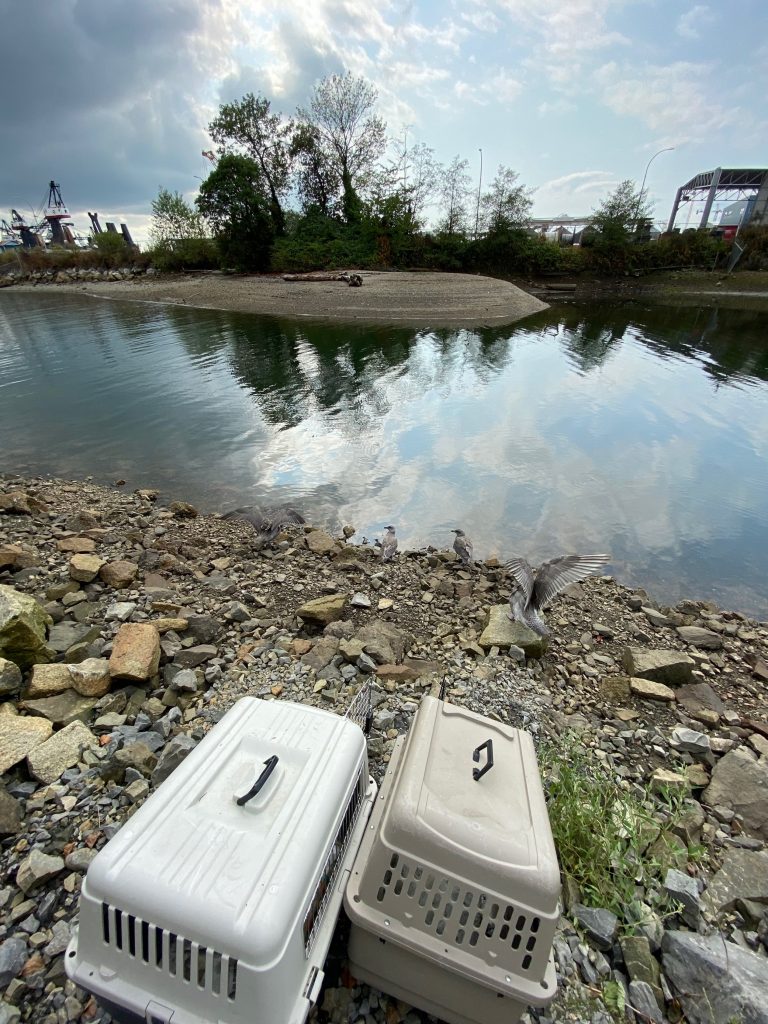
Releasing some young Glaucous-winged Gulls
Although the overall flow of everyday as a Wildlife Care Assistant at Wildlife Rescue is similar, no two days are ever exactly the same or anything even close to boring. Going in you know you will be getting to feed baby birds, clean out their enclosures, perform their daily health checks, and that you will most likely be going home with poop somewhere on your clothes. No day is ever dull because there are always new species coming in to learn about, new medical issues arising, and new problems popping up that need to be solved in ever-changing ways.

Two newly admitted orphaned Anna’s Hummingbirds in their nest
In this role, you get to work with all kinds of altricial baby birds from species as tiny as a hummingbird or chickadee nestlings (that demand to be hand-fed every 15 minutes), to some of the bigger corvid species like Northwestern Crows or Steller’s Jays. The feeling of getting to raise an orphaned bird from being completely dependent on you to be fed and cleaned all the way until it is independent and ready to be released back into the wild is incomparable.

A Black-Capped Chickadee fledgling being syringe fed
I was a Wildlife Care Assistant, Canada Summer Jobs (CSJ), in the baby bird room for the spring and summer of 2021. Before this, I had received a Bachelor of Science in Biology from the University of Calgary and worked at wildlife rehabilitation centers in Alberta, Nova Scotia, and Costa Rica, but this wasn’t the case for most of the CSJ’s. Many people who take on this role are current students who have never worked with animals a day in their lives and are looking to gain some hands-on experience before graduation.
Whether you have a long list of experience working with baby birds, or you don’t know a thing about the wildlife rehabilitation process, this is an extremely rewarding position with tons to learn. Everyone at WRA, from the staff to our amazing volunteers, is more than happy to help you learn and lend a hand. The entire property is filled with a team of people who just want to do anything they can to help out wildlife and it makes for a very welcoming and passionate place to work.

A fledgling Varied Thrush (mid moult) getting their daily health check
Every day I went to work was a crash course in bird handling, feeding babies, learning the identification and natural history of species, and so much more. In the beginning, it can be very overwhelming as there are many skills that need to be picked up quickly and every day is a bit of a juggling act to make sure all the patients get everything they need, but once you get into a groove, the days fly by and are extremely rewarding (even with all the cleaning and the poop). Every single day I went in I learned something that made me fall even more in love with birds and I got to go home knowing I got to make a difference in at least one bird’s life, and for me, there is not much more I could ask for.
Raelee Barth
Wildlife Care Assistant 2021
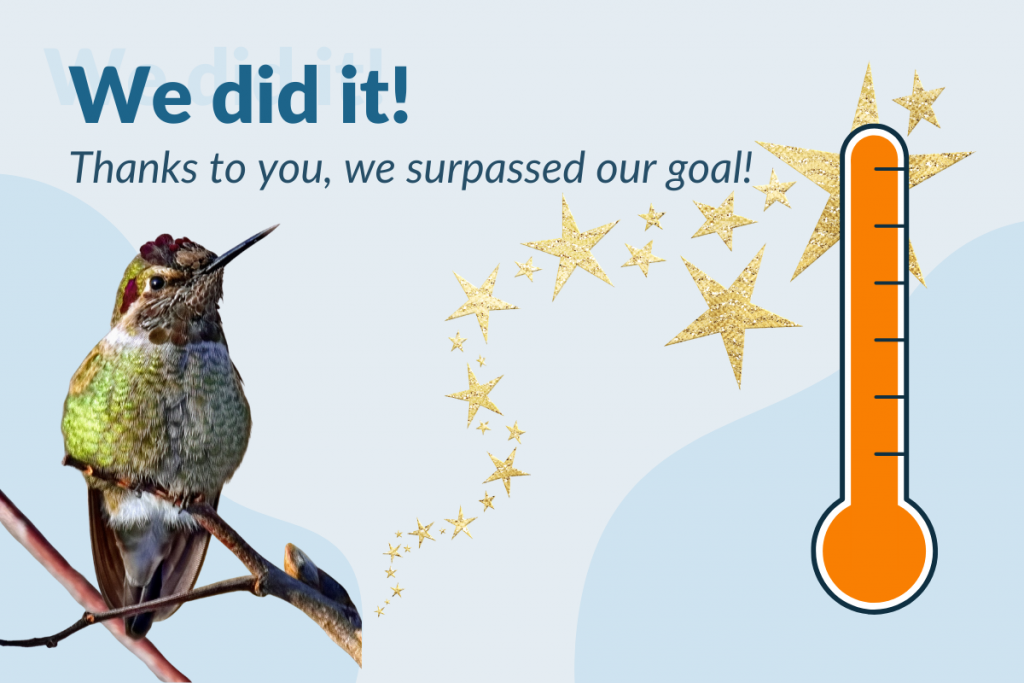
From December 27-31st, Wildlife Rescue ran a gift-matching campaign with the goal of doubling $60,000 in matching funds to a total of $120,000. Thanks to your amazing community support, we reached this initial target within the first two days which inspired new match donors to come forward with additional challenge gifts, increasing our goal!
Thanks to your generosity, we reached $233,286.01, blowing our original goal of $120,000 out of the water!
This could not have been better timing. During the unprecedented weather we experienced over the last few weeks, we took in a record number of Anna’s Hummingbirds and Red-breasted Sapsuckers with frostbite, dehydration, and damage from getting stuck to frozen metal feeders and other objects!
Thank you for your continued support! We could not do this life-saving work without you!
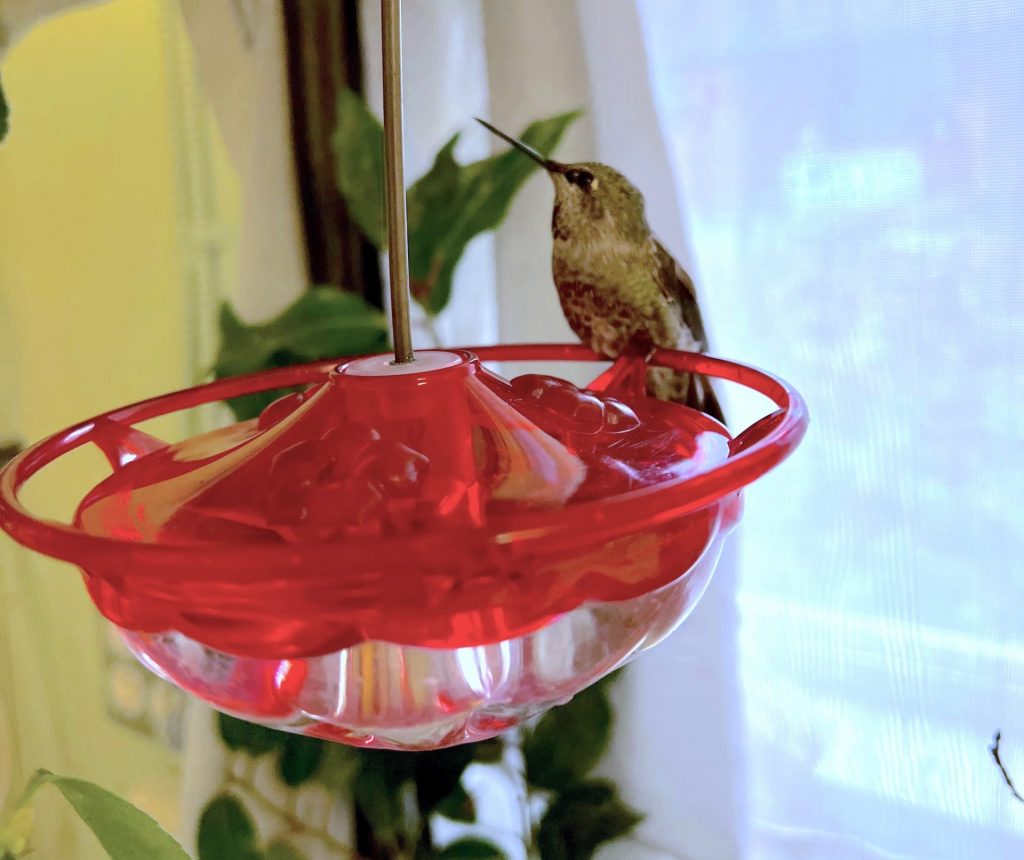
Anna’s Hummingbird in care at Wildlife Rescue
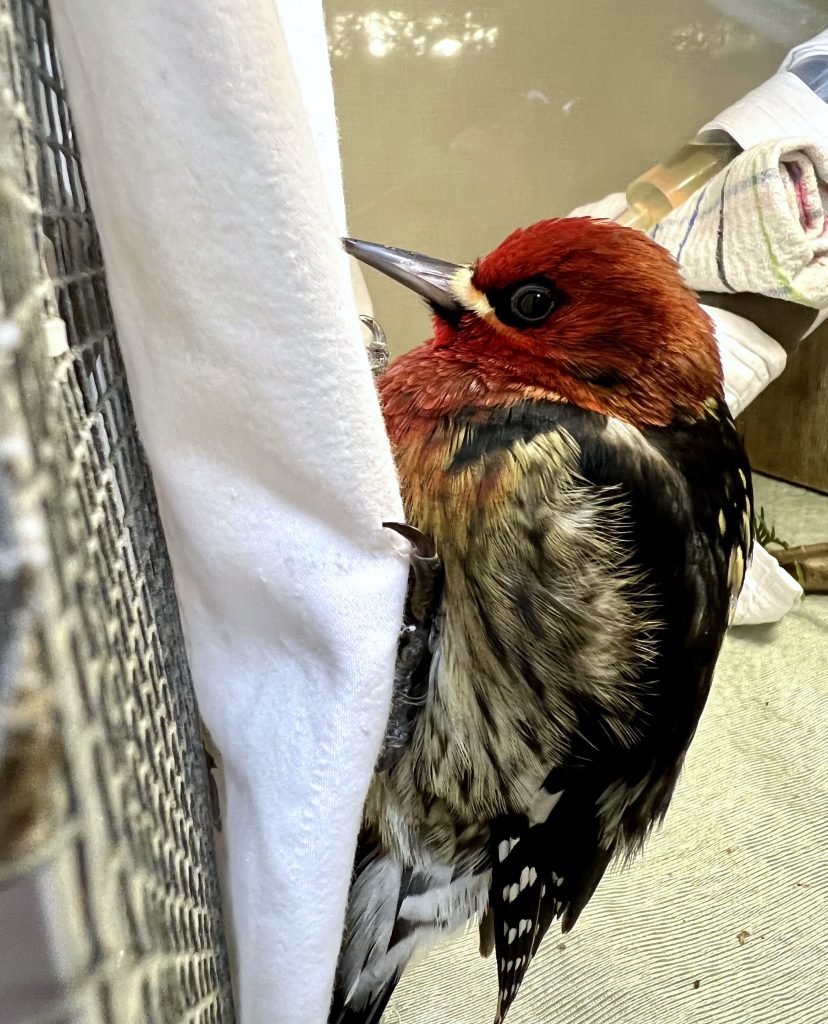
Red-breasted Sapsucker in care at Wildlife Rescue
Thanks to your incredible support, several animal care infrastructure projects have been successfully completed!
Your generous response enabled construction of the Medical Treatment Centre to be completed just a few months before COVID-19. Thank you for making this project a reality!
Thanks to you, we surpassed our Spring Matching goal and some! Thanks to your amazing community support, we reached the initial target of $30,000 early on in the month, which inspired new donors to come forward with additional challenge gifts increasing our goal to $50,000!
Feeding. Cleaning. Health checks. Feeding. Cleaning. Health checks.
A day in the life of a Wildlife Care Assistant may sound repetitive, but each day brings new challenges that will keep you on your toes, and new inspiration that connects you to nature and animals.
Your main responsibility is to the baby birds – you are there to care for them throughout their development and rehabilitation. The tiniest of babies need to be fed every 15-minutes. So, when you have a room full of babies, it can be an endless circuit of feeding. Yet, somewhere in-between the feeds you need to clean them and their enclosures, and assess their development.
Phone call, after phone call after phone call…our incredibly busy Helpline responds to approximately 28 000 calls per year, with the bulk of them coming in during the busy summer months.
Wildlife Helpline and Rescue Assistants (WHRAs) receive intensive training in natural history and urban wildlife challenges so they can help the thousands of people reaching out to our Helpline find solutions to their unique wildlife situations – from raccoons in the attic to orphaned ducklings walking down a busy street.
Today is #WorldWetlandsDay, crucial to our environment, wetlands provide a habitat for a variety of animals such as fish, birds, invertebrates and are an essential part of the earth’s ecosystem. Despite how essential they are to the environment, wetlands are facing challenges daily across the globe.